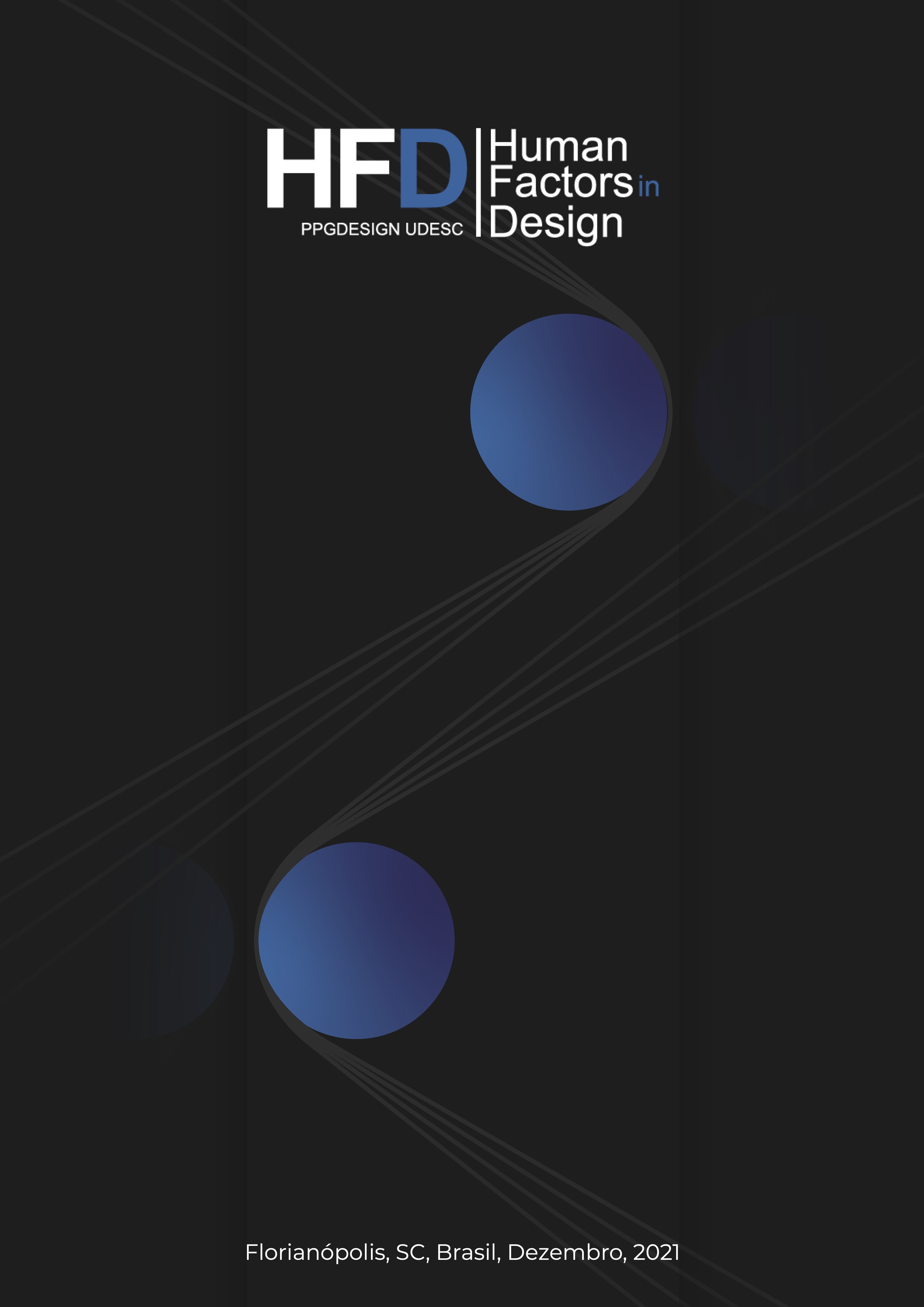Emotions attributed to the experience
opinion poll among active consumers of a brand
DOI:
https://doi.org/10.5965/2316796310202021136Keywords:
design, Product experience, EmotionsAbstract
The objective of this research was to verify whether the emotional responses of consumers, evoked through product experience, would be aligned with the value proposition of a clothing brand. To achieve the objective, a field survey was carried out with 400 active clients registered on the website of the study's focus brand. The research was divided in three blocks: (I) demographic profile, (II) free responses and associations and (III) closed answers with multiple choice. The present work confirmed that the current customer base understands the product experience as positive and the emotions most cited by consumers are in line with the brand's value proposition, since the design and communication used evoke, in consumers, pleasure and animation.
Downloads
References
CRILLY, N.; MOULTRIE, J.; CLARKSON, P. J. Seeing things: consumer response to the visual domain in product design. Design Studies, v. 25, n. 6, p. 547–577, 2004.
DEMIR, E.; DESMET, P. M. A.; HEKKERT, P. Appraisal Patterns of Emotions in Human-Product Interaction. International Journal of Design, v. 3, n. 2, p. 41–51, 2009.
DESMET, P. M. A. Designing Emotions. Delft University of Technology, 2002.
DESMET, P. M. A. A Multilayered Model of Product Emotions. The Design Journal, v. 6, n. 2, p. 4–13, 2003. Disponível em: https://www.tandfonline.com/doi/full/10.2752/146069203789355480. Acesso em: 15 fev. 2021.
DESMET, P. M. A.; HEKKERT, P. Framework of Product Experience. International Journal of Design, v. 1, n. 1, p. 13–23, 2007.
DESMET, P. M. A.; HEKKERT, P. Special Issue Editorial: Design & Emotion. International Journal of Design, v. 3, n. 2, p. 1–6, 2009. Disponível em: http://www.ijdesign.org/ojs/index.php/IJDesign/article/viewFile/626/251. Acesso em: 15 fev. 2021.
DESMET, P. M. A. Faces of Product Pleasure: 25 Positive Emotions in Human-Product Interactions. International Journal of Design, v. 6, n. 2, p. 1–29, 2012. Disponível em: http://www.ijdesign.org/. Acesso em: 15 fev. 2021.
GIL, A. C. Métodos e Técnicas de Pesquisa Social. 6ª. ed. São Paulo: Atlas, 2008.
GOBÉ, M. BRANDJAM: o design emocional na humanização das marcas. Rio de Janeiro: Rocco, 2010. 381 p. Tradução de Maria Clara de Biase.
HEKKERT, P.; LEDER, H. Product aesthetics. In: SCHIFFERSTEIN, H. N. J.; HEKKERT, P. (Eds.). Product Experience. 1. ed. Elsevier Science, 2008. p. 259–285.
HO, A. G.; SIU, K. W. M. Emotion Design, Emotional Design, Emotionalize Design: A Review on Their Relationships from a New Perspective. The Design Journal, v. 15, n. 1, p. 9–32, 2012. Disponível em: http://www.tandfonline.com/doi/full/10.2752/175630612X13192035508462. Acesso em: 15 fev. 2021.
HSIEH, H.-F.; SHANNON, S. E. Three Approaches to Qualitative Content Analysis. Qualitative Health Research, 4 October 2005. 1277–1288.
NORMAN, D. A. Emotional Design: why we love (or hate) everyday things. New York: Basic Books, 2004. 257 p.
RUSSO, B.; HEKKERT, P. Sobre amar um produto: os princípios fundamentais. In: MONT’ALVÃO, C. DAMAZIO, V. (org). Design, ergonomia e emoção. Rio de Janeiro: Mauad X: FAPERJ, 2008. p. 31–48.
SANTOS, C. T. REQUISITOS DE LINGUAGEM DO PRODUTO: uma proposta de estruturação para as fases iniciais do PDP. Florianópolis: Tese em Engenharia Mecânica. Universidade Federal de Santa Catarina, 2009.
SESTATNET/UFSC. Website, 2020. Disponível em: http://www.sestatnet.ufsc.br/. Acesso em: 10 fev. 2021.
TAVARES, D. R. et al. Modelo de Avaliação da Experiência Cognitiva e Afetiva de Produto. Human Factors in Design, v.9, n. 18, p. 126–149, 2020. Disponível em: https://www.revistas.udesc.br/index.php/hfd/article/view/18261/12398. Acesso em: 15 fev. 2021.
VASCONCELLOS-SILVA, P. R.; SAWADA, Anunciata. Análise de Conteúdo de Nuvens de Palavra produzidas na comunidade virtual “Hepatite C”. In: V SEMINÁRIO INTERNACIONAL DE PESQUISA E ESTUDOS QUALITATIVOS, 5., 2018, Foz do Iguaçu. Pesquisa Qualitativa na Educação e nas Ciências em Debate. Foz do Iguaçu: Sipeq, 2018. p. 1–12.
Downloads
Published
How to Cite
Issue
Section
License
Copyright (c) 2021 Human Factors in Design

This work is licensed under a Creative Commons Attribution 4.0 International License.
Os artigos publicados pela revista são de uso gratuito, destinados a aplicações acadêmicas e não comerciais. Os direitos autorais são todos cedidos à revista. Os artigos cujos autores são identificados representam a expressão do ponto de vista de seus autores e não a posição oficial da revista Human Factors Design. O (s) autor (es) se compromete a sempre que publicar material referente ao artigo publicado na Revista Human Factors Design mencionar a referida publicação da seguinte forma:
Este artigo foi públicado originalmente pela Revista Human Factors Design em seu volume (colocar o volume), número (colocar o número) no ano de (colocar o ano) e pode ser acessado em: https://periodicos.udesc.br/index.php/hfd/index


